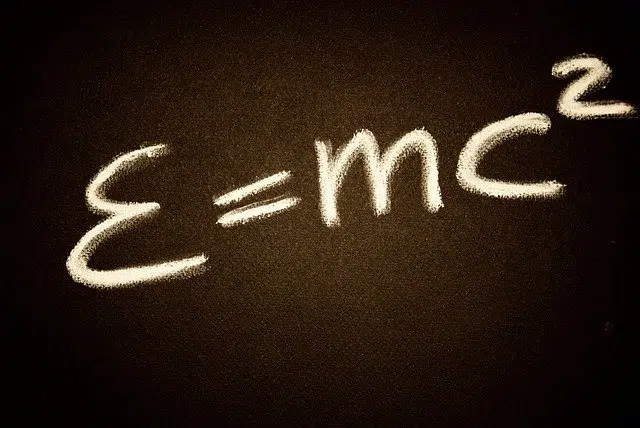
The theory of relativity is a concept that encompasses various postulates presented by Albert Einstein.
Albert Einstein is among the most recognized scientists of the 20th century . Born in 1879 in Germany and died in 1955 in the United States , this German physicist who became an American, Austrian and Swiss citizen won the Nobel Prize in 1921 .
Among Einstein 's most important contributions to the field of knowledge is his theory of relativity . The concept, in fact, allows us to refer to the set formed by two theories that this thinker formulated: the theory of special relativity and the theory of general relativity .
What is the theory of relativity?
The precepts that Einstein presented in the theory of relativity allowed electromagnetism and vector (or Newtonian ) mechanics to become compatible, bridging certain gaps . The first step was the publication of the theory of special relativity , which took place in 1905 .
In it, Einstein analyzes the movement of bodies in environments without gravitational forces. Together with other authors, the German physicist proposed the space-time model (unifying the notions of space and time ) and introduced ideas such as the speed of light and the equivalence that exists between mass and energy .
Ten years later, Einstein unveiled the theory of general relativity , also referred to as general theory of relativity . In this case, the principles of the theory of special relativity are applied in a space with gravitational fields, considering gravity as a deformation that occurs in the geometry of space-time. In other words: gravitational interaction generates a curvature in space-time.

The theory of relativity is usually associated with the formula E=MC², an equation that indicates the equivalence between energy and mass.
Main ideas
What the theory of relativity does is indicate that the location of physical events, whether in space or time , is not absolute or invariable, but depends on the movement of the observer. Therefore, it is relative.
Before the theory of relativity, Newtonian mechanics prevailed. For Isaac Newton , mass created the gravitational field, which exerted a force capable of controlling the movement of other masses. What Einstein did was affirm that gravity was not a "real" force, but rather an "apparent" effect that is due to the curvature of space-time.
As the movement of bodies develops in the same space-time that is curved, an impression of movement is created under a supposed force . The distortion of space-time, caused by massive objects, is perceived as gravity .
Einstein explained that the laws of physics are identical for observers without acceleration . His proposal of space-time as an interweaving of space and time supposes that two events that occur simultaneously for a certain observer can occur at different times for a different observer.
The theory of relativity and the equivalence between mass and energy
Many people identify the theory of relativity with the equation that indicates that the energy that a body has in a state of rest is equal to the multiplication of the mass by the speed of light squared. This expression is summarized in the formula E=MC² .
This equivalence indicates that the energy of a moving body increases its mass, although this effect can only be seen at a speed close to that of light.
